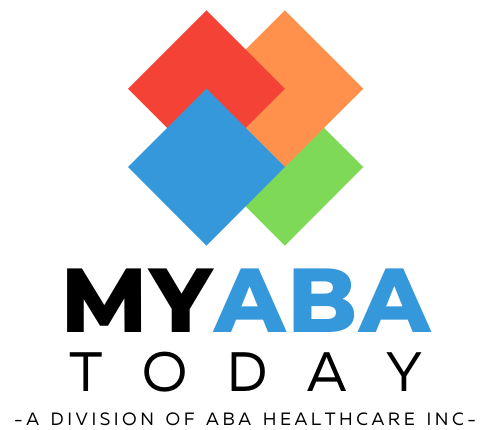Self-control is something many applied behavior analysts target in their behavior plans as it is a skill that, if learned, can help remove barriers to skill development in the form of negative behavior (e.g., aggression, property destruction, tantrums).
Passage, Tincani, and Hantula published a study in the Journal of Applied Behavior Analysis that effectively taught self-control skills to a boy with intellectual disabilities, that has unique relevance to practitioners.
The participant was a 16-year-old male who had difficulty engaging in prolonged tasks for delayed reinforcers. He was diagnosed with mental retardation, cerebral palsy, and cortical blindness. Each session was conducted in a classroom using an ABCAB reversal design.
HERE IS A BRIEF SUMMARY OF THE CONDITIONS:
The first condition (A) was a naturalistic baseline to assess on-task response levels prior to any experimenter-contrived contingencies. Next, researchers introduced a choice baseline (B1) in which the participant could earn a less preferred reinforcer immediately, or a highly preferred reinforcer after 168 seconds of on-task behavior (i.e., four times the average on-task duration during the naturalistic baseline). The latter was then followed by a second choice baseline (B2) with access to the highly preferred reinforcer set to a 420-second delay.
The next condition (C) constituted self-control training, in which two choices were presented. The less preferred choice was kept on a fixed-duration schedule of immediate reinforcement, while the highly preferred choice was on a progressive-duration schedule. When the participant reliably chose the delayed preferred reinforcer, the duration of the delay was increased by 42 seconds until the duration of his on-task behavior was ten times longer than in the naturalistic baseline.
The researchers then reversed back to the naturalistic baseline (A) followed by the choice baseline (B2).
Results suggested on-task behavior was relatively low during the naturalistic baseline, averaging 42 seconds per session. When access to a more preferred reinforcer was restricted to 168 seconds (B1), the duration of on-task behavior increased. However, when access was further restricted to 420 seconds, preference shifted to the immediate reinforcer. After 35 trials with the self-control training procedure (C), on-task behavior consistently met the 420-second goal and demonstrated generalization to novel tasks.
The authors suggest their study is particularly relevant to applied settings in that the two reinforcers were qualitatively different from one another (i.e., potato chips vs. walking to visit a friend), as opposed to being larger or smaller amounts of the same reinforcer.









